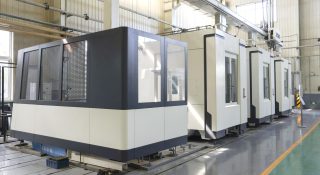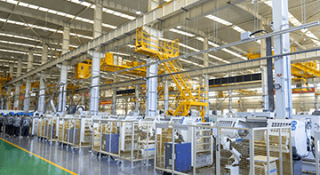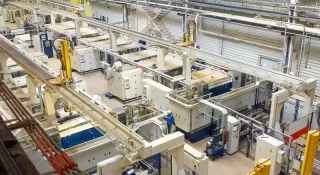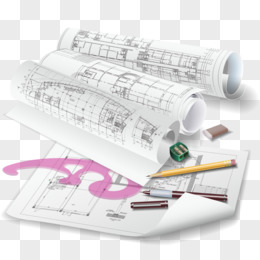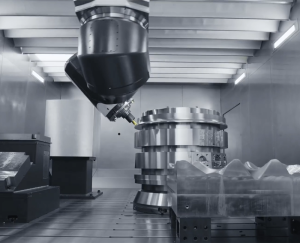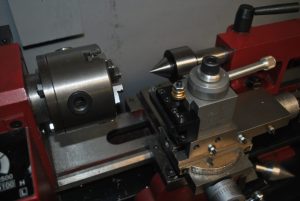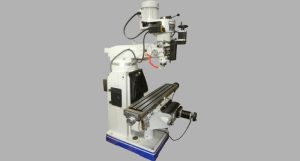Before us lies an exploration into one of the foundational pillars of the manufacturing sector – the lathe machine. With its ability to synthesize precision and efficiency, it has etched an indelible role in the fabric of industry. The forthcoming analysis aims to delve deeper into its advantages and disadvantages, strengthening our appreciation for such intricate machinery that helps steer our technological progress.
Understanding Lathe Machines
History of lathe machines
The history of lathe machines mirrors the journey of human technological advancements, starting with simple rope-driven tools in ancient Egypt around 1300 BC, evolving through the Middle Ages’ introduction of a bow and a string mechanism. However, the most significant development was during the industrial revolution of the 19th century when mechanization led to the rise of engine lathes, catapulting productivity levels in manufacturing.
The 20th-century heralded Computer Numerically Controlled (CNC) technology’s advent, revolutionizing lathes into precision-guided, computer-commanded machines. From shaping rudimentary tools to fabricating precise components in today’s technologically advanced era, the lathe holds an esteemed place in the pantheon of human industry and innovation.
Lathe applications
Lathe machines hold a vast array of applications across diverse industries. In the automotive sector, they are indispensable, used to manufacture numerous car parts, including pistons and cylinder heads. Aerospace industry also heavily relies on these machines for the creation of intricate and precisely machined components.
In addition, they are used to make musical instruments, gun barrels, and in the creation of fine furniture, where intricate turning and precision is paramount. From shaping large metal sheeting in heavy industry to crafting delicate home decor, lathes reflect our world’s engineering marvels. Their wide applications signify their integral role in pushing the boundaries of design, manufacturing, and invention.
Types and Components of Lathes
Types of Lathe Machines
Lathe machines can be broadly categorized into several types, each acting as a specialized tool for different machining processes:
- Engine Lathe: This is the most common, flexible, and versatile type of lathe. It’s designed for a broad range of applications and can turn both ferrous and non-ferrous metals.
- Turret Lathe: This type is primarily utilized for quick, sequential operations. It has a turret, or a tool holder, that houses multiple cutting tools, enabling easy and rapid switching between tasks.
- CNC Lathe: These are automated lathes, often guided by computer numeric control (CNC), providing high-precision and mass production capabilities with minimal human intervention.
- Speed Lathe: Speed lathe machines, with their high RPM range, are optimal for woodworking, polishing, and metal spinning applications.
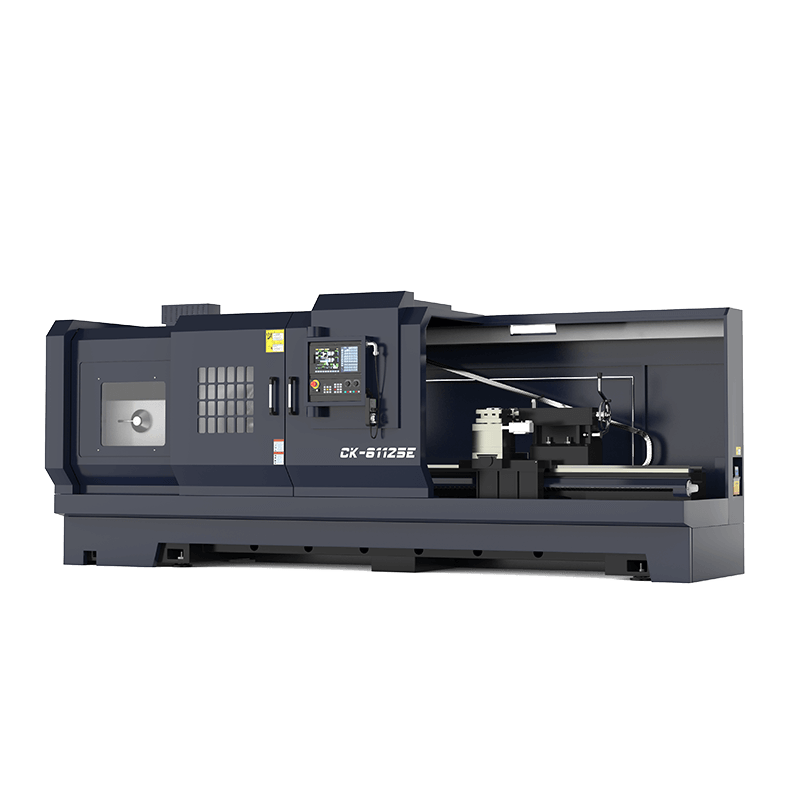
Components of Lathe Machines
The functionality of a lathe depends on its key components:
- Headstock: The headstock is essentially the ‘control center’ of a lathe, housing the power drive, spindle, and the gear mechanisms. It can provide different speeds and power transmissions.
- Bed: The bed is a base that supports the other components of the lathe. It is often made of cast iron and designed to absorb vibrations.
- Tailstock: It is located opposite to the headstock and supports the other end of the workpiece. Different tools can be mounted in the tailstock, such as drills or reamers for additional operations.
- Carriage: Moving along the bed, the carriage supports the cutting tool, allowing precise linear or radial movement for the machining operations.
- Tool Post: It’s a holder where the cutting tool is clamped. The tool post placement can be adjusted to control the depth of cut and exact position of the tool.
- Chuck: The chuck holds the workpiece securely. Depending on the application, it can accommodate three, four, or six jaws.
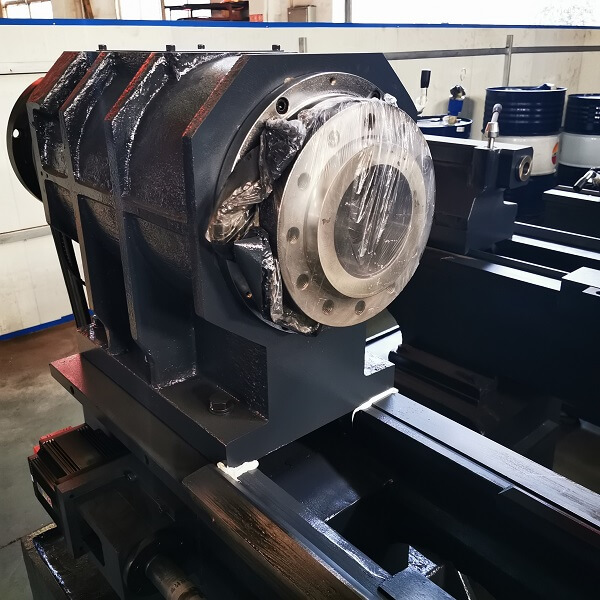
Advantages of Lathe Machines
· Precision and efficiency
Lathe machines, notable for their precision and efficiency, have been pivotal in industrial advancements. Their seamless rotational movement against a stationary cutting tool promotes high-accuracy cuts. The incorporation of Computer Numerically Controlled (CNC) technology amplifies precision, reducing manual intervention and potential errors. Their reduced production times and energy-efficient operation, particularly with variable speed modern lathes, make them critical assets across industries.
· Versatility in application
The versatility of lathe machines is underscored by diverse use-cases across sectors. In the automotive industry, they’re employed for the fabrication of critical parts like brake drums, camshafts and crankshafts, whereas in aerospace, they’re indispensable for creating intricate turbine components, exhibiting their finesse at executing precision work.
Moreover, lathe machines find usage in fields as distinct as horology and musical instrument production, aiding in the crafting of high-precision timepiece components and custom guitar necks, testifying to their fine detailing capabilities. In heavy industries, lathe machines handle large-scale projects, such as shaping metal for shipbuilding or creating massive components for infrastructure projects.
· Automation and productivity
The introduction of automation in lathe machines, primarily through Computer Numerically Controlled (CNC) technology, has drastically boosted productivity across industries. CNC lathes, programmed to execute intricate machining tasks with high repeatability, can operate continuously, increasing throughput—a vital factor in industries like automotive, which demands high volumes of identically produced parts. For instance, the automated CNC lathes precisely machine engine parts like piston rods, delivering high-quality, consistent output. With features like multi-axis machining, these lathes cut across various planes without manual repositioning of the workpiece—increasing machining efficiency manifold.
Advanced enhancements like automatic tool changers and live tooling allow for seamless tool replacements and simultaneous manufacturing operations like drilling and milling, reducing setup time and accelerating overall production. Thus, automation in lathe machines underpins increased productivity by consolidating high-quality, efficient, and versatile machining processes.
· Cost-effectiveness
Lathe machines’ core proposition in cost-effectiveness crystallizes in efficient automation, precision-driven operation, longevity, and energy optimization. CNC lathe machines, requiring less human supervision, markedly slash labor expenditure—a boon especially for high-wage economies. Precision machining—producing tight-tolerance components like aircraft engine parts with minimal re-runs—curbs material wastage, contributing to savings. High-resilience lathe machines, weathering prolonged, heavy-duty operations for shipbuilding, for instance, assure lower replacement and downtime costs.
Moreover, energy-efficient design principles, channeling power specifically to the machining area during high-speed milling, curtail electricity expenditure. Thus, despite initial setup costs, lathe machines embody a long-term investment, reinforcing their value through significant, sustained cost-effectiveness.
Disadvantages of Lathe Machines
· Required operator skill
Despite the technological prowess of lathe machines, their operation does demand a significant level of expertise. Novice handling can yield sub-optimal results or even cause tool damage. Understanding feed rates, spindle speeds, selection of cutting tools, swath removal, plus implementing safety protocols need skilled machinist intervention. Even CNC lathes, while automated, require personnel proficient in G-code programming and CAD/CAM software operation to effectuate precise desired outputs.
As a result, training and retaining skilled operators becomes a challenge and often an added expense, specifically when likened to some other plug-and-play machinery. Hence, the requisite operator skill, while guaranteeing quality outputs, can pose a hurdle for enterprises with limited expertise or resources.
· Set-up time and potential for errors
Lathe machines, particularly CNC variants, require meticulous setup—a process that can be both time-consuming and prone to errors. The prerequisite of accurately coding CAD/CAM software, selecting the appropriate cutting tool, setting the correct spindle speed and feed rate, and mounting and aligning the workpiece often necessitates a steep learning curve, making trial and correction integral. This time factor can be a productivity drawback in smaller, fast-paced production environments.
Additionally, an incorrect setup can lead to catastrophic machining errors, causing rework or scrap, disrupting schedules, or damaging tools and fixtures. Hence, while lathe machines promise precise, high-quality machining, the setup phase’s intricacies and potential error propensity form a considerable disadvantage.
· Potential safety hazards
While lathe machines are invaluable in manufacturing, their operation, if not appropriately managed, can pose safety hazards. High-speed rotating components can lead to entanglement or ejection of parts if not securely enclosed—a case often seen in older, non-compliant models. Excessive noise and vibration, if not reduced at source via silent gears or dampening bases, can cause health issues in operators over prolonged exposure. Handling sharp tools and swarf, if not done with proper safety attire and procedures, increases the risk of cuts and punctures, while coolant leaks can lead to slip hazards.
Further, if measures like automatic cut-off switches during overload conditions or emergency stop buttons are not installed, the chance of mechanical injury exacerbates. Thus, despite their efficiency, lathe machines require extensive safety measures, necessitating investment in both infrastructure and training to mitigate potential hazards.
· Limitations in complexity
Despite their versatility, lathe machines can exhibit limitations when addressing complex or unconventional geometries. While advancements like multi-axis machining have enhanced their capabilities, certain intricate designs still pose challenges. Complex curves or internal geometries may be difficult to achieve with standard CNC turning centers.
Moreover, a task that requires multiple machining processes might necessitate a combination of different machine tools alongside lathes, like milling machines or EDMs for instance, leading to increased setup time and potential inaccuracies. This calls for more robust and versatile manufacturing solutions, such as 5-axis CNC machines or additive manufacturing techniques like 3D printing, in order to seamlessly produce complex parts. Therefore, while lathe machines are powerful, their inherent physical limitations can sometimes act as a barrier in fulfilling the increasingly complex needs of modern manufacturing.
Comparison with Other Machines
- Lathe vs. Milling Machine: Both lathes and milling machines are fundamental to manufacturing, but their main difference lies in their operation. A lathe rotates the workpiece against a stationary cutting tool, allowing for the creation of symmetrical objects with a premium on precision and finish. The milling machine, on the other hand, moves a revolving cutting tool across a stationary workpiece, a process more suitable for intricate cuts, slots, and threads. Therefore, while lathes are ideal for operations demanding high accuracy and finish, such as producing shafts and rods, milling machines offer higher versatility and are well-suited for more complex geometries, including slots, flat surfaces, and even complex 3D shapes.
- Lathe vs. 3D Printer: Conventional lathes and 3D printers lie on opposite ends of the manufacturing spectrum. Lathes, being subtractive manufacturing devices, carve out the desired object from a larger piece by the removal of material, ideal for hard materials like metals. Contrastingly, 3D printers, employing an additive manufacturing process, construct an object layer-by-layer from raw materials, often thermoplastics or resins. Despite being slower and generally producing weaker, less durable items, 3D printers champion in terms of versatility, allowing the creation of incredibly complex shapes and internal geometries that can prove challenging for lathe machines.
This comparison throws light on the varied spectrum of manufacturing machinery, with each machine having its unique strengths and applications. Through judicious selection and usage of these machines, manufacturers can optimise production, improving output quality and efficiency.
Conclusion
In wrapping up, lathes – offering precision and reliability from ancient times to the present – are pillars of our manufacturing world. Yet, they have their own challenges, like safety risks and complexity limitations. In the grand scheme of things, we must also consider the strengths of other tools like milling machines and 3D printers. It’s about matching the right tool to the right task, acknowledging the balance and harmony forged between man, machine, and creativity in doing so.


